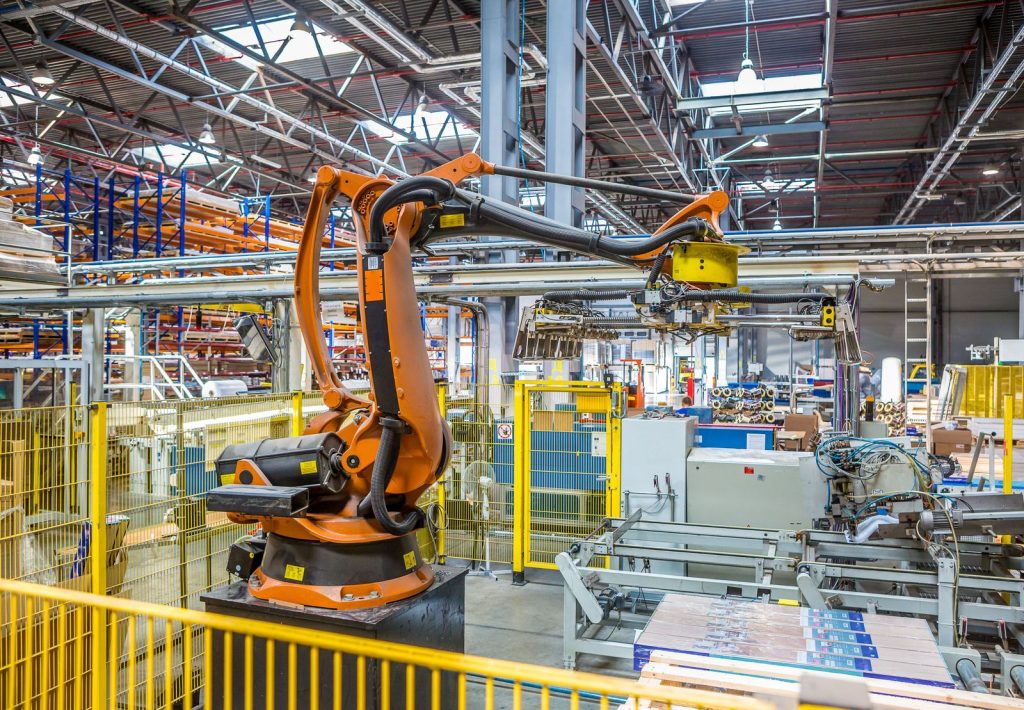Blog

Are You Lifting With The Hip Hinge Technique?
Improve lifting safety and reduce back pain with the hip hinge technique. Learn step-by-step how to hip hinge plus the best exercises to master this skill. Read more

7 Easy Ways to Prevent Tennis Elbow
Prevent elbow pain and injury no matter what your work tasks demand for a healthier, more productive lifestyle. Read more

How to Do 5 Types of Lacrosse Ball Massage
Relieve muscle tension and promote workday wellness with 5 types of self-massage using a lacrosse ball. Learn how with our simple techniques. Read more

How to Do Ergonomics in Construction
Learn practical steps to apply ergonomic principles to construction sites. Reduce injuries, retain workers, and improve safety with expert training and tools. Read more

Roadway Work Zone Safety and Injury Prevention
Enhance roadway job site safety with expert tips for utility and construction crews. Read more

Prevent Work Injuries by Using Your Power Zone
Learn how to prevent work injuries with power zone lifting, tailored workstation ergonomics, and safe manual labor practices. Read more

How to Prevent Rotator Cuff Injury At Work
Learn how to prevent rotator cuff injuries with expert tips, shoulder-saving techniques, and practical exercises for workers. Read more

Best Sleeping Position for Workers
Discover the best sleeping positions, ergonomic tips, and recovery strategies for construction and industrial workers for better health and productivity. Read more

Injury Prevention in Oil and Gas Industry
Discover essential oil and gas injury prevention strategies. Learn how hazard awareness and ergonomics help keep workers safe and productive. Read more

How to Prevent Robot-Related Injuries at Work
Learn how to prevent industrial robot injuries with visuals, education, and supervision, and support your culture of safety with dedicated athletic trainers. Read more